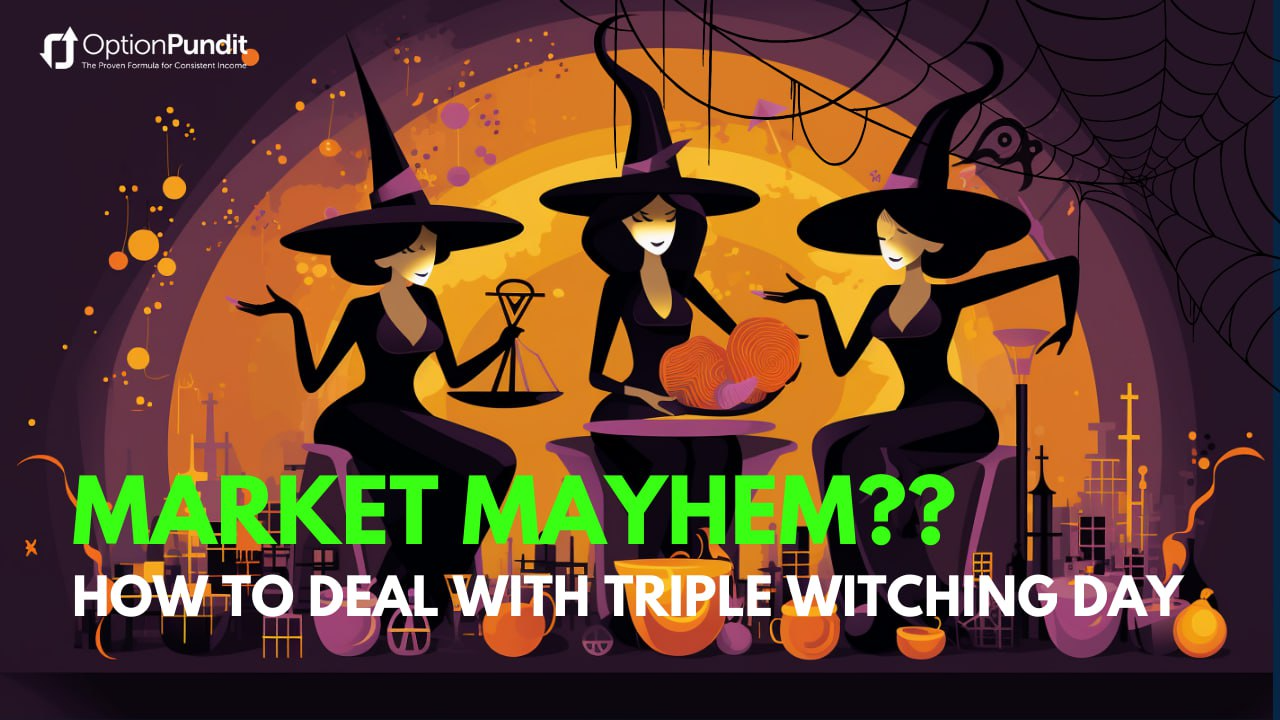
Options Trading can be extremely rewarding. However, it is also a fact that majority of Options traders struggle to make money consistently. Before you begin to trade options, it is crucial to understand basic nature of options and how Options are different from other trading instruments e.g. stocks or forex.
Here is simple, straight forward TOP10 list that might help you in understanding basic nature of options.
1. Right to BUY or SELL
Options give you the right to buy or sell an underlying instrument at specific price. Options are available on a variety of different underlying assets including stocks [e.g. Apple (AAPL), Microsoft (MSFT)], futures (e.g. S&P500 futures commonly known as ES_Mini), Commodities (e.g. Crude Oil, Gold, Wheat), Forex (e.g. JPY, CHF, Euro), Bonds (e.g. 30Year, 10 Years) and indices (e.g. S&P500, Nasdaq, Dow Jones). In fact, the list just keeps on growing. Once you have identified the desired market or underlying asset to trade, you may simply check out if that underlying asset has options or not.
2. ONLY Two Types of Options
There are only two kinds of Options. CALL OPTION A call option is an agreement that gives the option buyer the right to buy the underlying asset at a specified price within a specific time period. PUT OPTION A put option is an option contract giving the owner the right, but not the obligation, to sell a specified amount of an underlying security at a specified price within a specified time frame. Bottomline: A Call Option gives you the right to buy the underlying asset and A Put Option gives you the right to sell the underlying asset. Generally speaking, you buy Call Option because you have Bullish Outlook and you buy Put Option when you have bearish outlook. Though there are only two types of options, when you factor in other characteristics of options, there are endless trading possibilities.
3. Each Option has a Symbol
Apple is just one stock and its stock symbol is AAPL. However, AAPL may have hundreds of options. So how do you remember? There is proper method for defining symbols. A symbol contains- a) Date of expiration (Year, Month, Date), b) Underlying Asset Symbol, c) Strike Price and d) Option Type i.e. Call or Put. An Example – AAPL150821C125 ( Apple Call Option at 125 strike that expires on 21 Aug 2015).
4. Buying an Option Means, Right
If you BUY AN OPTION, you are not obligated to buy the underlying instrument; you simply have the right to exercise the option. When you buy a Call Option, you have the right to BUY stocks at your option’s strike price. Similarly, when you buy a Put Option, you have the right to SELL stocks at your Option’s price.
5. Selling an Option Means, Obligation.
If you SELL a Call Option, you are obligated to deliver the underlying asset at the strike price at which the Call Option was sold if the buyer exercises his or her right to take delivery. If you sell a Put Option, you have to buy the underlying if exercised. Generally speaking, if you don’t take any action, your friendly broker will most likely do it for you if your Options are eligible for exercise.
6.Options are Good only for Specified Time.
Options are good for a specified period of time after which they expire and the option holder loses the right to buy or sell the underlying instrument at the specified price. This specified period is called “Expiration”. Options are available for variety of expiration timings such as weekly, Monthly, Quarterly and much longer durations (known as LEAPs).
7. The Cost of an Option is Referred to as the Option Premium.
The price reflects a variety of factors including the option’s volatility, time left until expiration, and the price of the underlying asset. There are several Options Pricing Models that you can use to calculate theoretical Option Price by modeling various parameters. There is no fixed price for an Options. It is dynamic and will keep on changing with respect to time to expiration and other variables.
8. Buy at Your Price, Sell at Your Price
You can choose any price at which you would like to BUY or SELL underlying instrument. These prices are called Strike Price and Options are available in several Strike Prices at, far or near the current market price of the underlying instrument.
9. Buying Means, Debit
Options when BOUGHT are purchased at a DEBIT to the buyer. That is, the money is debited from your brokerage account. It’s exactly like Buying a stock.
10. Selling Means, Credit
You can SELL and Option, without owning the shares. Options when SOLD are sold at a CREDIT to the seller. Money is added to the brokerage account. You can’t withdraw this money until the trade has been closed. Usually, this money is used to offset the margin required for selling the options. Once you understand the basic differences, key terms of options, don’t jump into trading options yet. Trading options usually requires mindset change and you may want to know the single biggest mistake new option traders make.
Profitable Trading, OP
Get Free Access to The Market Insider's Newsletter:
Want behind-the-scenes stock & options strategies and actionable insights delivered biweekly to your inbox? Join 40,000+ savvy investors and start growing your wealth!
*We send you weekly goodies to help you make more money. Unsubscribe anytime.








